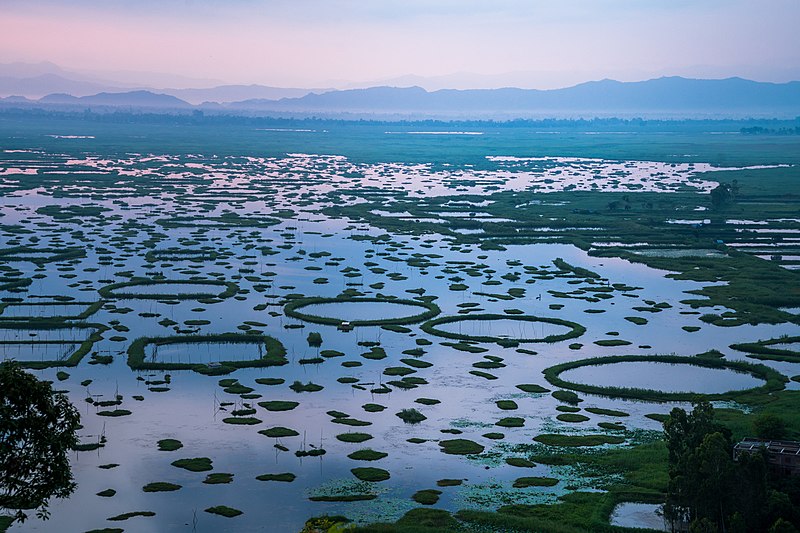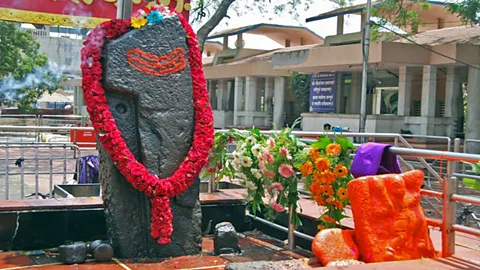Now Reading: Manipur’s Floating Islands: Why Loktak Lake’s Phumdis Are Unlike Anything Else in India
-
01
Manipur’s Floating Islands: Why Loktak Lake’s Phumdis Are Unlike Anything Else in India
Manipur’s Floating Islands: Why Loktak Lake’s Phumdis Are Unlike Anything Else in India

In the heart of Manipur lies a lake that seems to defy logic. Loktak Lake isn’t just a scenic waterbody—it’s home to phumdis, naturally forming floating islands that support life, livelihood, and even a national park. While many Indian lakes serve as tourism spots or water sources, Loktak stands apart for what it carries on its surface, quite literally.
What exactly are phumdis?
Phumdis are thick, floating mats made of vegetation, soil, and organic matter in various stages of decay. Unlike algae or water hyacinths, these mats are large and solid enough to walk on. In some areas, they even support huts, fishing spots, and grazing grounds.
Their structure is unique—part of it floats above the water, while the lower portion stays submerged and anchored. Over time, these phumdis grow or shrink depending on water levels, forming an ever-shifting mosaic of land and water.
More than just a visual marvel
At first glance, phumdis might look like floating patches of greenery. But they are deeply woven into the region’s culture and economy. Fishermen live and work on these floating lands. Locals use them to rear livestock and cultivate aquatic vegetables. Entire livelihoods are built on these islands that drift silently across the lake.
What makes it even more interesting is the presence of Keibul Lamjao National Park, the world’s only floating national park, situated entirely on phumdis. This is the last natural habitat of the endangered sangai deer, also known as the dancing deer of Manipur—so called because of the animal’s graceful movements on the springy, floating surface.
Ecological balancing act
Phumdis are fragile. Their existence depends on a natural cycle of rising and falling water levels. However, infrastructure like the Ithai Barrage, which controls water for hydropower, has disrupted this balance. Because water levels remain artificially high throughout the year, the lower part of the phumdis can’t touch the lakebed to absorb nutrients during dry months. Over time, this weakens them.
The lake also faces challenges from pollution, plastic waste, and unregulated development. While tourism has picked up, it’s also added pressure to an already sensitive ecosystem.
A rare mix of nature and community
In most Indian towns, water bodies serve a passive role—people extract resources, discharge waste, and sometimes admire them from a distance. Loktak Lake flips that script. Here, water and land coexist in motion. People live not just near the lake, but on it. They adapt to its shifting form, and in return, the lake sustains them.
This kind of relationship between humans and nature is rare, especially in Tier 2 regions where urbanisation often disconnects people from the natural world. Loktak remains one of the few places where that link is still alive, though under increasing stress.
In conclusion
Loktak Lake isn’t just about floating islands. It’s about a way of life, a unique ecosystem, and a rare coexistence of people, animals, and landforms. The phumdis are more than a curiosity—they’re living platforms that hold together identity, biodiversity, and survival in one of India’s lesser-seen corners. If protected with care, they could remain one of the country’s most remarkable natural phenomena for generations to come.

























